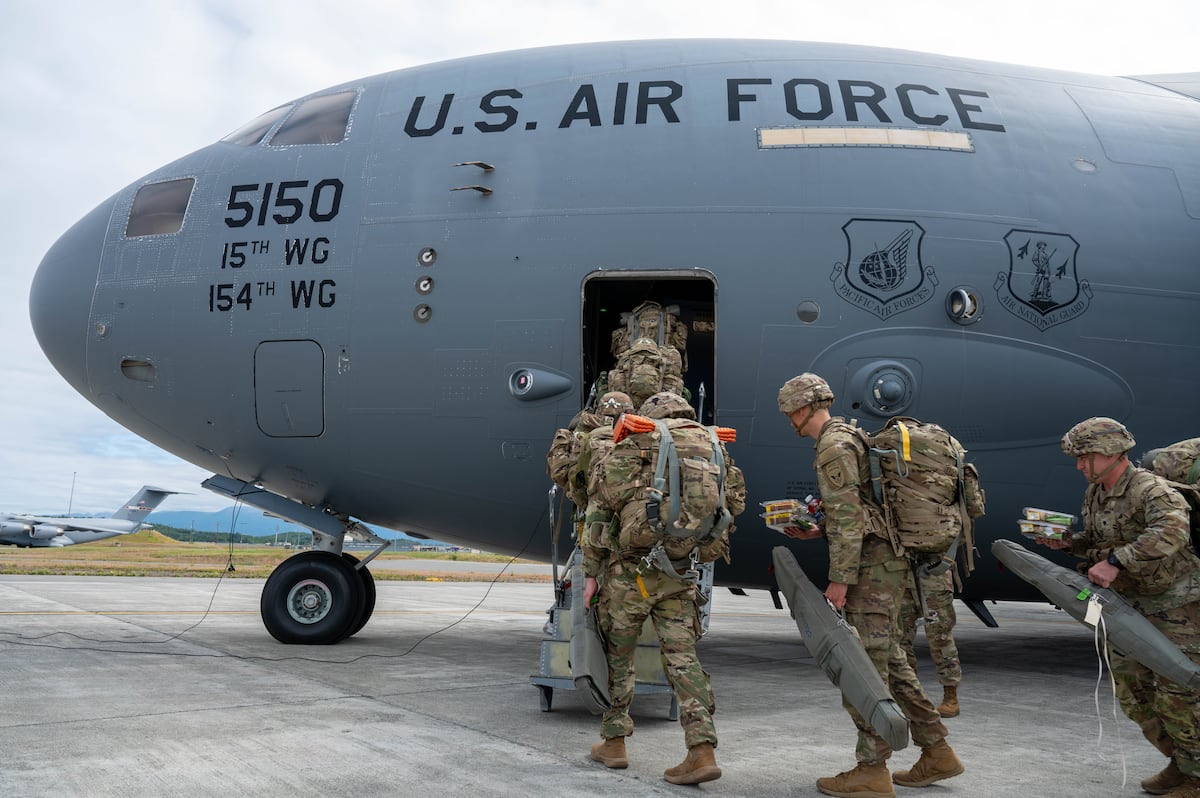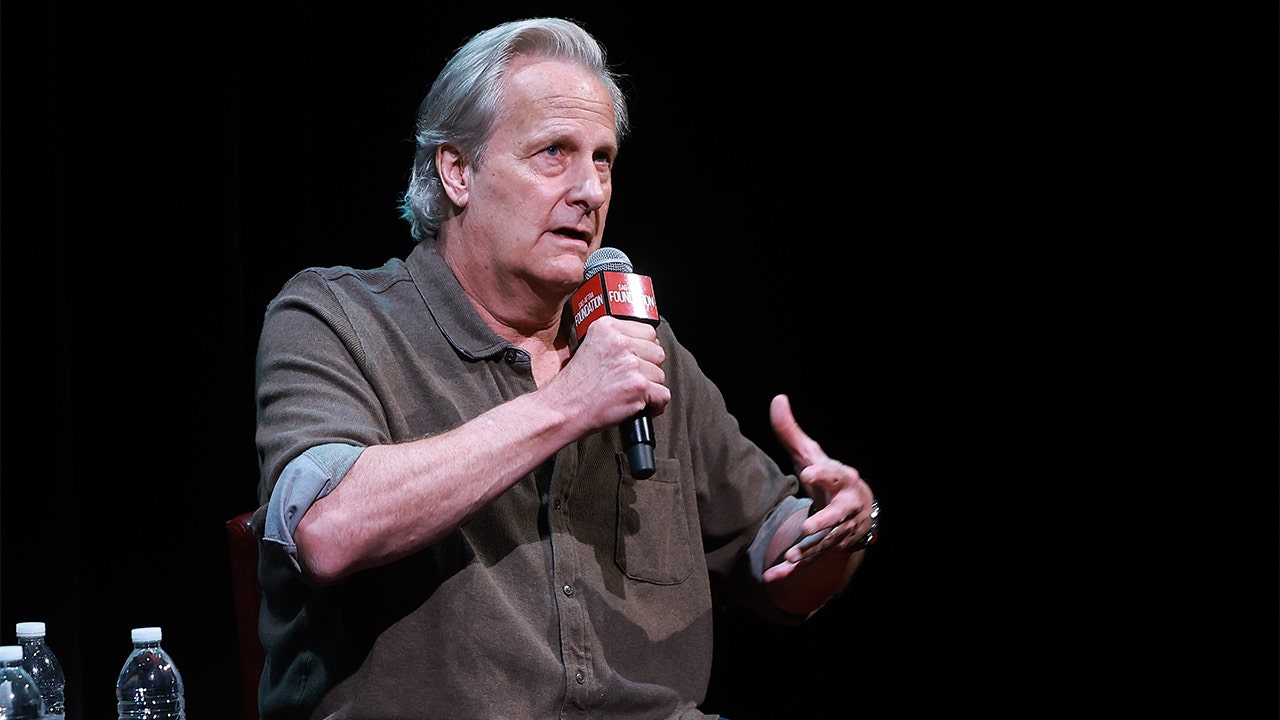Starlink, Oura Rings to help monitor sailor fatigue underway

When the USS Gerald R. Ford Carrier Strike Group gets underway later this year, 1,600 sailors equipped with Oura Rings will embark on the largest volunteer study of crew fatigue to date.
During the deployment, the rings will monitor the wearers’ sleep length and quality, along with a range of other biometric indicators, to provide commanders with a near real-time picture of units’ rest levels and allow them to make changes to support performance and address fatigue.
The Starlink internet access now being provided onboard deployed Navy ships will allow the data from the rings to be uploaded securely and anonymously for review both by unit leaders and researchers in San Diego, who will track trends and hotspots and produce reports on the data.
It’s a step toward the Navy’s ultimate goal to monitor real-time fatigue for all underway sailors and prevent future disasters linked to exhaustion.
The origins of the upcoming sleep experiment date back to 2017, when the Navy lost 17 sailors in two separate collisions — from the destroyers McCain and Fitzgerald — with commercial ships in the Pacific.
Investigations would cite crew fatigue as a factor in both tragedies. While some changes were made quickly — such as instituting a watchstanding schedule that more closely aligned with sailors’ natural circadian rhythms — other changes have been slow to materialize.
A 2021 Government Accountability Office report recommended that the Navy require “systematic collection of quality and timely fatigue data” from sailors and use that data to better understand factors contributing to fatigue and how to address them. But as of 2023, the GAO found the Navy still had not fully implemented its plan to use wearables to collect biometric sleep and health data from sailors in real time.
Called the Command Readiness, Endurance and Watchstanding, or CREW, program, this line of effort was developed by the Naval Health Research Center and equipped its first sailors with wearables in 2021. But the effort has struggled to secure the funding needed to propel it out of the research phase, said Dr. John Cordle, a human factors engineer with the Navy.
“There’s no program of record; there’s no research sponsor,” Cordle told Military Times. “It’s an example of a fleet initiative that needs to find a home, up in Washington, but has yet to become interesting enough for that to happen.”
With a carrier strike group now equipped with the tech, researchers are hopeful the results will grab attention.
“We’re … after helping leadership on these ships understand how the mission is impacting the sleep and the recovery of their sailors, especially as they go on these deployments that involve a lot of stress,” said Dr. Rachel Markwald, a senior sleep physiologist at the Naval Health Research Center and the implementation lead for the CREW Program.
“I think most people understand that sleep is incredibly important to help restore our performance, our health, our capacity,” Markwald added. “And if we have no idea where folks are related to their own capacity, then we’ll continue to just do what we’ve been doing and push forward without those insights.”

While the 2017 collisions created the most significant moment of reckoning for the Navy, they’re not the only recent examples of mishaps in the wee hours with indicators that fatigue played a role.
Naval Safety Command published a rundown of smaller fatigue-related mishaps in the wake of the collisions. And in a presentation delivered earlier this year, Cordle pointed out that recent mishaps, including the February collision of the carrier USS Harry S. Truman with a Panama-flagged merchant vessel near the Suez Canal and the May 2024 collision of two landing craft air-cushion (LCAC) vessels off Jacksonville, Florida, took place between the hours of 11 p.m. and 7 a.m.
Investigations into both of those incidents have yet to be released.
For the current study, participation was entirely voluntary, but came with an incentive: if sailors wear their Oura rings — which track 20 different biometric factors and retail for about $200 — for at least 75% of the deployment, they get to keep the tech.
Sailors who are less consistent won’t face a penalty, but will need to give the rings back. The rings were chosen, in part, because they don’t give off a signal or GPS data and are considered passive, Cordle said.
“They connect to your phone [via Bluetooth], but if the phone is not there, it’s not a problem,” he said. “The Chinese can’t find a ship because the crew is wearing Oura rings.”
Still, even beyond securing a resource sponsor, the researchers know they’ll face more obstacles on the way to the CREW vision of service-wide implementation of biometric fatigue monitoring underway.
One unanswered issue is whether the service will be able to require sailors to wear the devices. Another concerns the infrastructure that will need to be added to ships to create secure local upload points to transfer biometric data to a central location while bypassing the cloud for privacy and safety.
But Markwald said she believes the value of the devices will become clear not only to unit leaders monitoring fatigue but also to the sailors who will get a better sense of their own performance and needs.
“It’s not just, hey, wear this device so that we can step in before fatigue becomes a problem,” she said.
“This is a self-management tool as well, and we want it to really be something that the individual can use and hopefully finds some value [in].”







